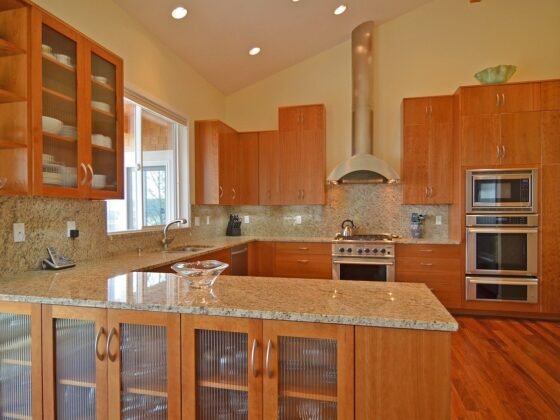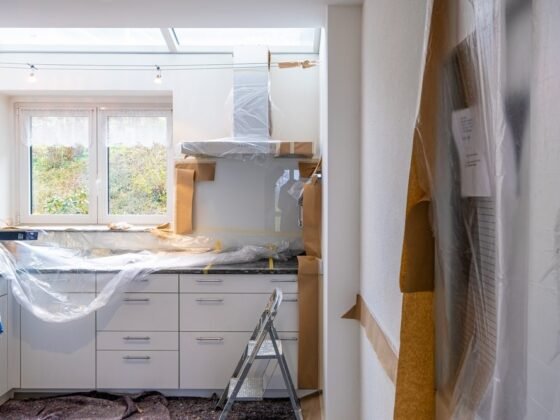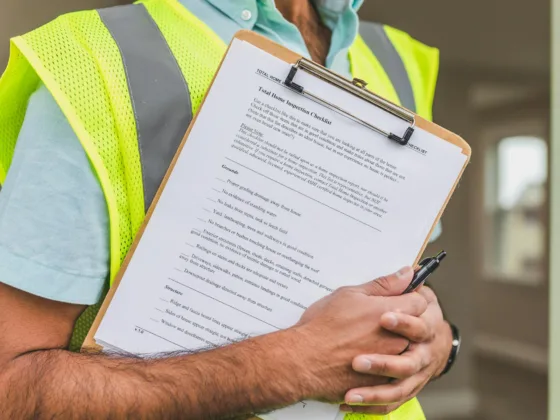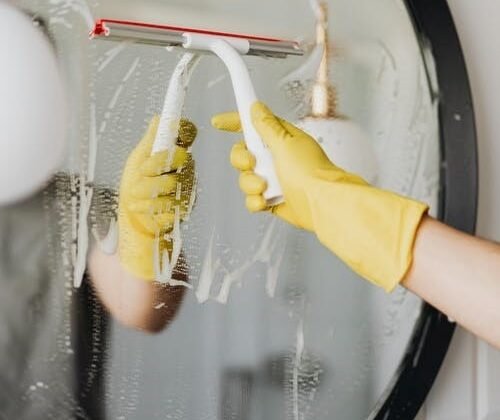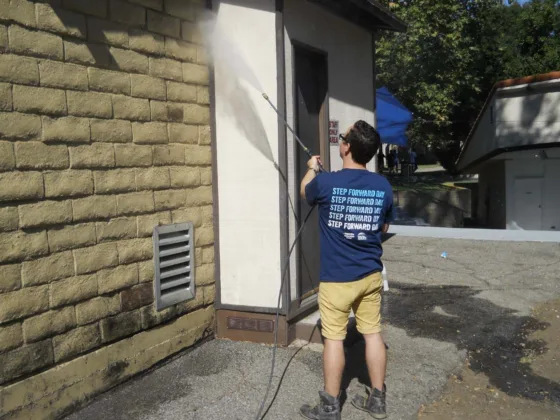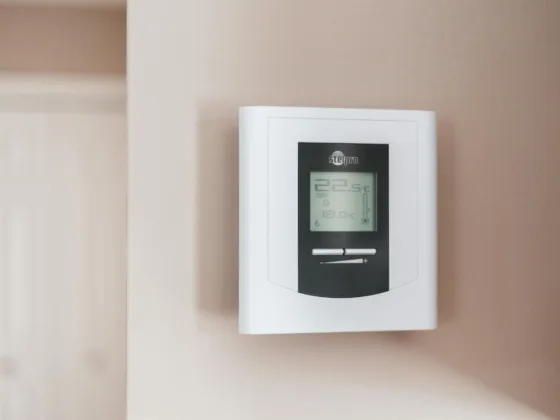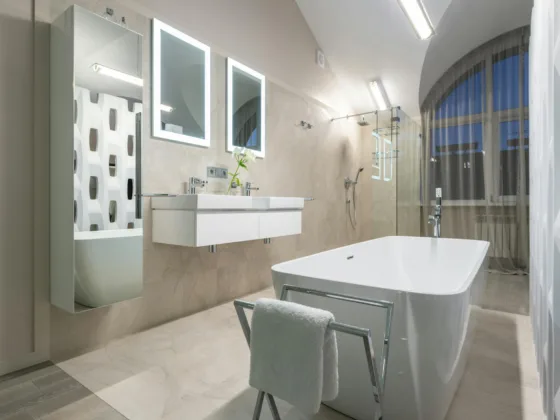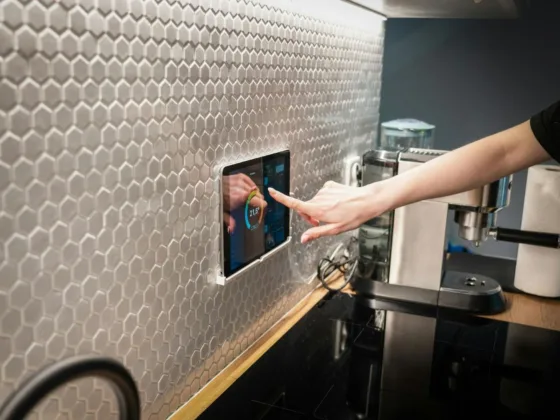Table of Contents Show
Indeed, no other feature of your house sees as much wear and tear as your garage door. Every year, the typical garage door is opened and closed over a thousand times. Yet, it provides convenience and security when kept in good operating order.
On the other hand, a neglected door might not only become as loud as a locomotive but also represent a serious safety danger to your family, particularly your children.
In this post, we’ll walk you through the procedures of inspecting and maintaining your automated overhead door for dependable, silent operation and safety. Of course, most of these suggestions also apply to overhead garage doors without an automated opener.
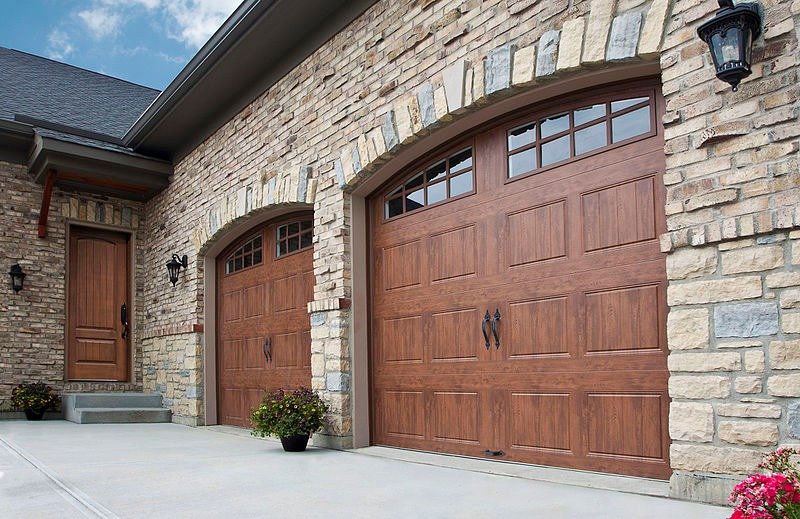
The last thing you want to discover as you rush out the door is that your garage door opener is broken. When you want garage door repairs, you must ensure that you are dealing with the top garage door repair business in your region.
Ridgeline Overhead Garage Door will assist you with any garage door installation or maintenance services you want.
The garage door has been the most prominent moving element in your house, and it is used numerous times each day, at any time of day or night, and in all seasons.
You must do regular preventative care and maintenance on your garage door in order to keep it running properly for decades to come. Here are some simple things that any homeowner may do:
Stop, Look and Listen
The most crucial preventive measure you can take is to watch your garage door every time you use it. Is it going smoothly or jerky at times? Is it quiet, or does it produce grinding or screeching noises? Is the mechanism (springs, pulleys, and cables) symmetrical on both sides?
Ensure that the Moving Parts are Lubricated
Maintaining the lubrication of your garage door components will add years of trouble-free operation to your system and it only takes 10 minutes each year! First, apply white lithium grease to the opener’s chain or screw, then cover the overhead springs with a spray lubricant available from your garage door specialist.
Examine the Cables
You must not tamper with the high-tension cables that raise your door since they are powerful enough to injure or kill you.
You may, however, check their condition to determine when it is essential to consult a specialist. Look for broken strands and damage on the bottom roller bracket.
Read Also:
Put the Auto-Reverse Safety Features to the Test
Mechanical and photocell mechanisms are used. Place a piece of wood or a block on the ground in the door’s route to test the automatic function. When the falling door collides with that item, it should reverse course and return to the top.
Next, close your door and just pass your leg in the passage of the door to test the second, the photoelectric system with beams on either side. The garage door should now reverse your entry.
If your opener is more than 20 years old, it may be lacking these critical safety elements, suggesting that it is time to replace it.
Balance the Garage Door
If your garage door is not correctly balanced, your garage door opener will have to work much harder and it will not last long.
Lift the door halfway after disconnecting the opener by raising the release handle (usually a red wire). The counterweight system (springs) is out of balance if it does not stay in position. Adjusting garage door springs is something that should be left to the professionals.
Conclusion
Garage door monitoring is sometimes forgotten, but seasonal regular maintenance should be part of your routine twice a year.
Neglected garage doors may put a lot of strain on an automated garage door opener, and investing an hour or two each year in the early spring and late fall might spare you from an expensive repair charge.
